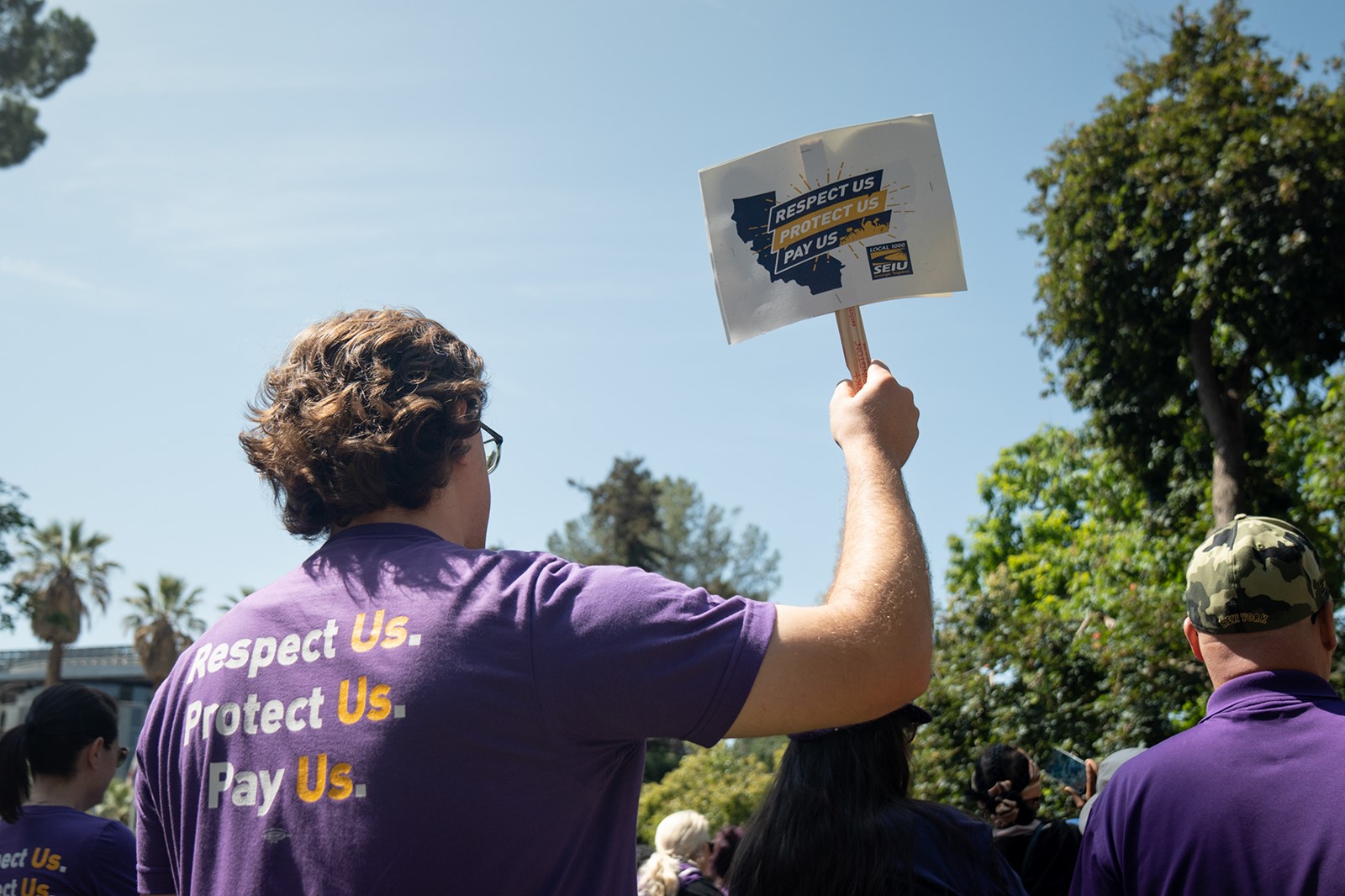
Tens of thousands of California state employees were bracing to return to the office on July 1 after Gov. Gavin Newsom declared there was an “operational necessity” for all California state employees to work in person a minimum of four days per week.
That changed just before the deadline when CalHR, which represents the governor in collective bargaining, negotiated a set of deals with public employee unions that delayed the mandate for a year. Relieved workers welcomed the news.
Yet labor leaders — and even some in-office evangelists — said the governor’s willingness to suddenly drop his demand proved the order was a clever political move and undermined his insistence that in-person work is superior, necessary for productivity and builds public trust.
“Many of our members feel the sudden shift toward rigid (return to office) policies had more to do with politics and pressure than performance,” wrote Anica Walls, president of Service Employees International Union Local 1000, in an email. The union, the largest in California state government, represents almost 96,000 state employees. “This pause is a direct result of our members fighting back.”
Walls declined multiple requests for an interview and insisted that CalMatters send questions in writing.
Many state workers had been on edge since March when Newsom penned the executive order that would have required an estimated 108,000 employees who still worked a hybrid schedule to return to the office nearly full time. The new order doubled the number of required in-office days from two to four, building on Newsom’s first crackdown on work-from-home in April 2023.
Several state employee unions filed grievances, and two groups sued Newsom and CalHR, the state’s human resources agency, alleging that the administration’s order wrongfully sidestepped the collective bargaining process by unilaterally changing working conditions.
Aggrieved state employees also fundraised more than $30,000 to erect billboards around Sacramento that accused Newsom of creating traffic jams. Many workers argued the state had downsized some locations so there would not even be enough room for them to work in person.
Newsom maintained that the benefits of in-person work, such as increased collaboration, communication and mentorship for newer employees, were undermined by the two-day in-office policy since teams weren’t required to come in on the same days. Four days in office would mitigate that issue.
The tension escalated in May after Newsom announced the state faced a $12 billion budget problem and suggested delaying state worker pay raises for a year, as well as pausing contributions to their retiree health care funds, to cut costs.
Ultimately, CalHR reached new labor agreements with three unions, including the state’s largest, to delay the in-office order until July 2026. Those new deals also included some of the cost savings the governor wanted.
Of the estimated 108,000 employees who continue to work hybrid schedules, only a fraction of them have been required to return to office because their unions did not make agreements to delay the order. Many are state scientists, whose union spent four years fighting for a contract and eventually staged California’s first state worker strike before closing a deal in August 2024.
The scientists union, the California Association of Professional Scientists, has so far refused the state’s requests to reopen its contract and negotiate the salary concessions the other unions traded for the extra year of remote work privileges.
“The governor’s RTO mandate is not grounded in any logic, data, or operational need. It’s political,” said Jacqueline Tkac, the scientists’ union president, in a written statement. “We are open to collaboration with the state on this issue, but refuse to compromise our contract to participate in Gov. Newsom’s political games.”
When asked to explain his sudden willingness to delay the return-to-office order, the governor’s office did not respond.


 PREVIOUS ARTICLE
PREVIOUS ARTICLE
